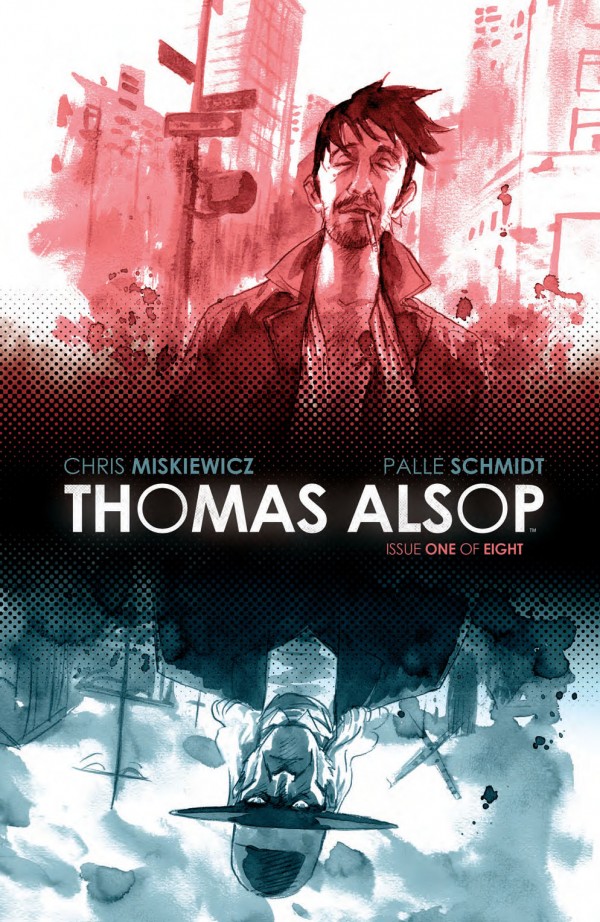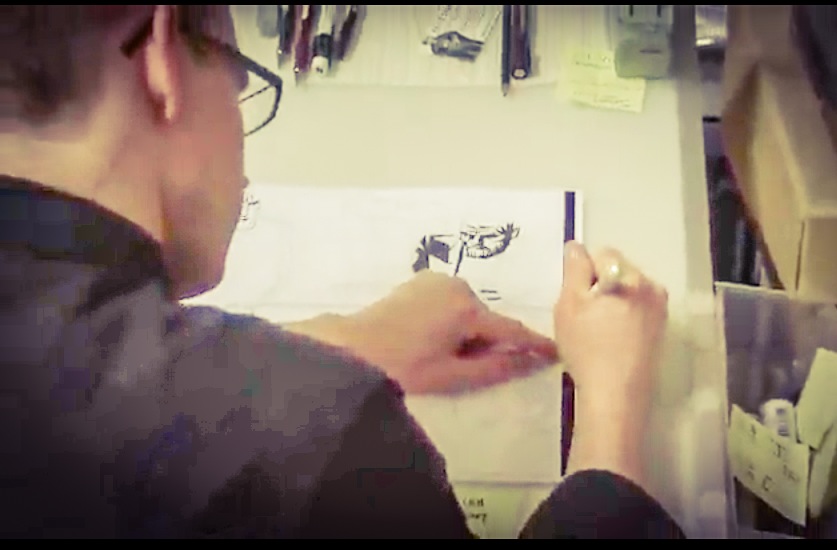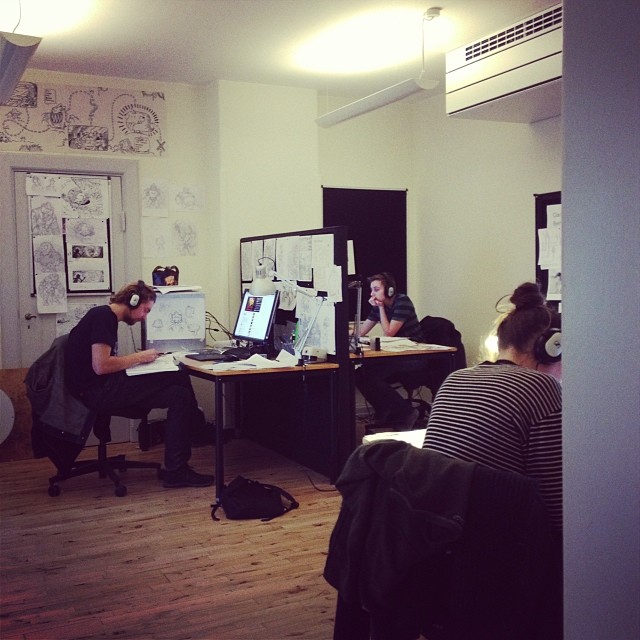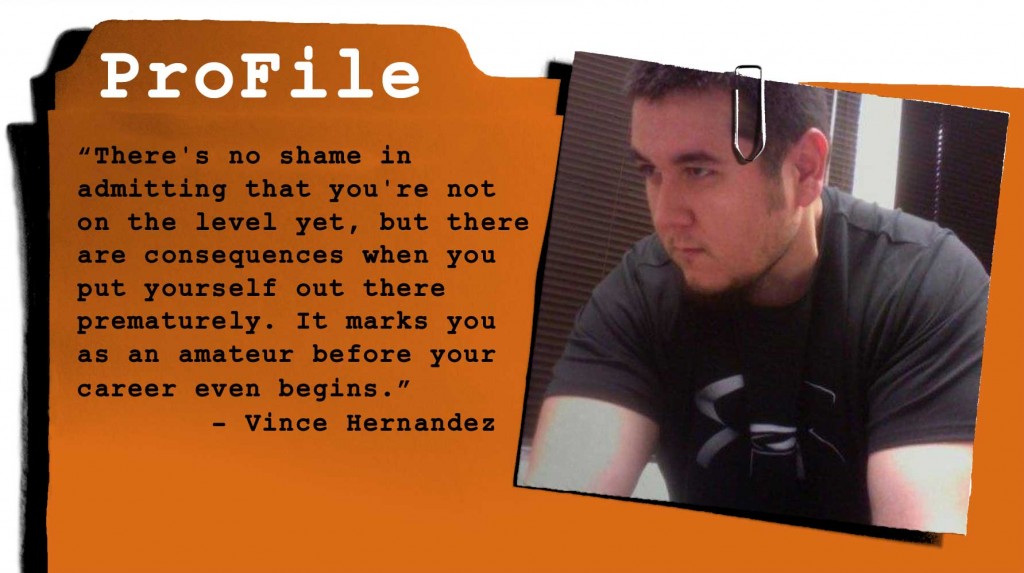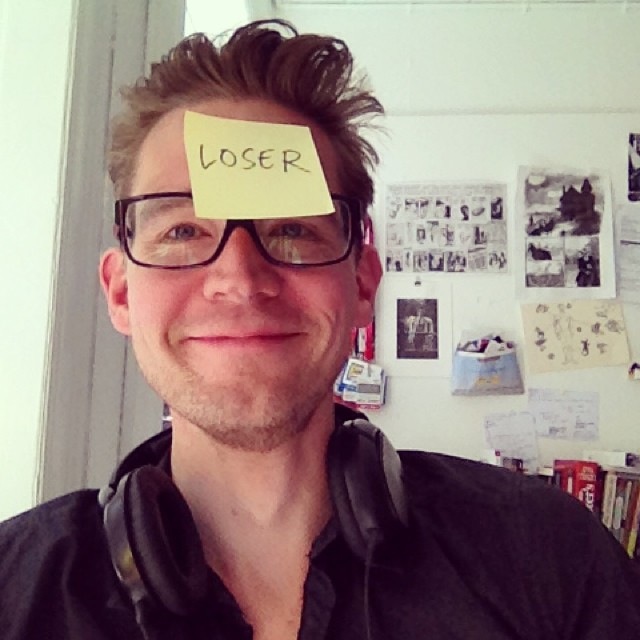 I was up for an award here in Denmark this weekend, the Ping, something like the Danish equivalent of the Eisners. I was nominated for my graphic novel, STILETTO, in the main category. I didn’t win, which puts me in a position to talk about the nature of validation and the need for praise, instead of just tooting my horn and talking about how awesome I am.
I was up for an award here in Denmark this weekend, the Ping, something like the Danish equivalent of the Eisners. I was nominated for my graphic novel, STILETTO, in the main category. I didn’t win, which puts me in a position to talk about the nature of validation and the need for praise, instead of just tooting my horn and talking about how awesome I am.
Of course I would have loved to win that award, I was hoping for it and at the same time trying NOT to hope for it, because dissapointment is not the greatest feeling in the world. But here’s the thing: If I HAD won that award, it would have felt great for a few moments, maybe a few days. But the need for praise and validation never really goes away.
It’s never enough.
The needy little part of an artist’s soul is always going to want more. I don’t know anyone who feels they have enough fan mail or awards on their shelf that it fulfils their need. I don’t belive those people exist. You can never drink enough water that it keeps you from ever being thirsty again.
So while I would loved to have won, it’s more because it would have helped me with press and such going forward. It’s like those booster points you get in computer games, where you pick up the coin or whatever and you get a rocket attached to your back. An award or a great review gives you that boost for a few seconds, and then the effect wears off. The game continues. You start looking for the next gold coin.
What I’m trying to say is, if you ever find yourself up for an award or a job or anything, think of it as a step towards an end goal. Always keep that in mind. And stay busy! Keeping busy and working on your craft is not only great for building a career, it’s also your best defense against the needy, selfish little part of you that worries wether anyone really, I mean REALLY, loves you or they’re all just pretending. The part of you that looks on other people with envy and want to keep you from building confidence and self-sustainability. I don’t know what the purpose of that part of our brain is, but I’m willing to bet good money we all have it.
I try to teach my kids to be grateful of the things they have rather than bitch about what they don’t have. It’s hard for a kid to see another kid with an ice cream. But that’s LIFE. And it goes on like that.
So I’m here at the studio hunched over my desk as the sun is baking outside, grateful for working on the Thomas Alsop comic more or less full time, grateful for the praise I DO get and the support of all the subscribers on Comics for Beginners, thankful for every “like” on Facebook, but not depending on it for my sense of self-appreciation. Grateful for having done work I’m proud of and having it published, and having a supportive wife who takes care of our kids while I’m at work on a national holiday and who never asked me to get a real job instead of wasting my time doing comics. I am so very, very lucky and very happy right now, doing what I love and am relatively good at.
Thank you.
Now back to work.
—
Related post: Why you can’t learn from success

